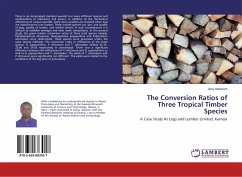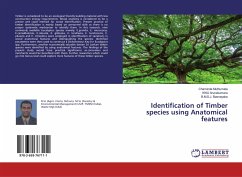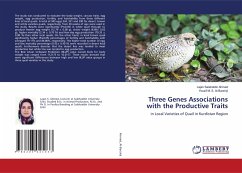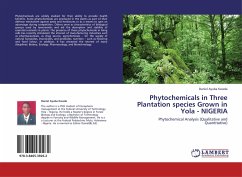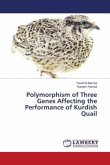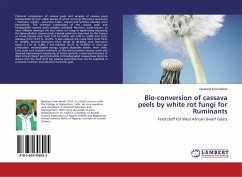There is no stereotyped standard sawmill, but many different layouts and combinations of machinery and power. In addition to the mechanical differences of various sawmills, many more variables are involved when logs are manufactured into lumber. These include species cut, size, and quality of logs, quality of lumber, and market served. In such circumstances it is difficult to establish averages and even make comparisons. In the present study, the green lumber conversion ratios of three local species namely; Piptadeniastrum africanum, Nesorgodonia papaverifera and Triplochiton scleroxylon were determined. These species were processed under the same sawing methods. The conversion ratios or efficiencies of the three species; N. papaverifera, P. africanum and T. scleroxylon yielded 42.73, 23.96 and 24.03 respectively in percentage. There was a significant difference between the efficiencies of P. africanum and N. papaverifera as well as N. papaverifera and T. scleroxylon. The yields of T. scleroxylon and P. africanum were significantly not different. The yields were related to the conditions of the log prior to processing.

